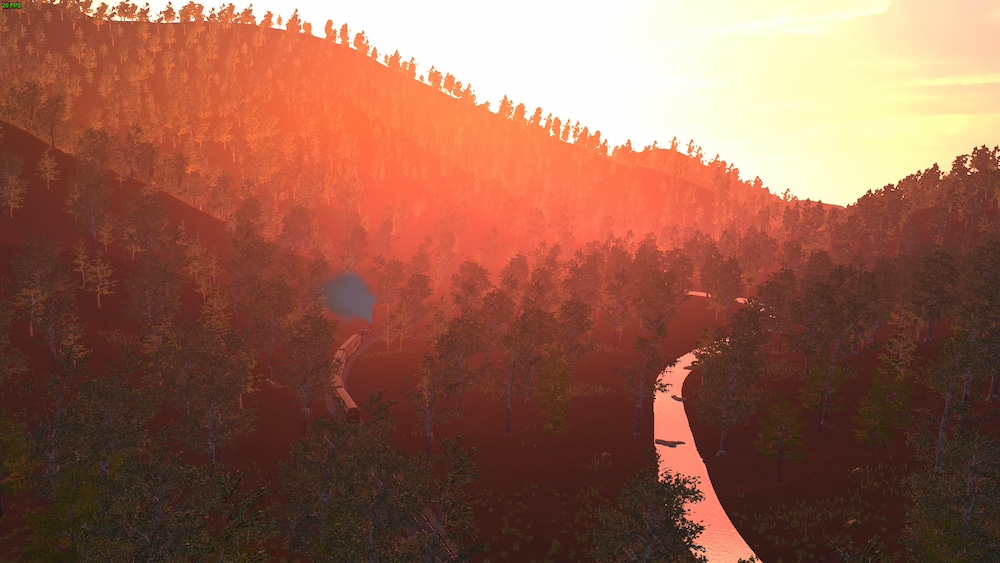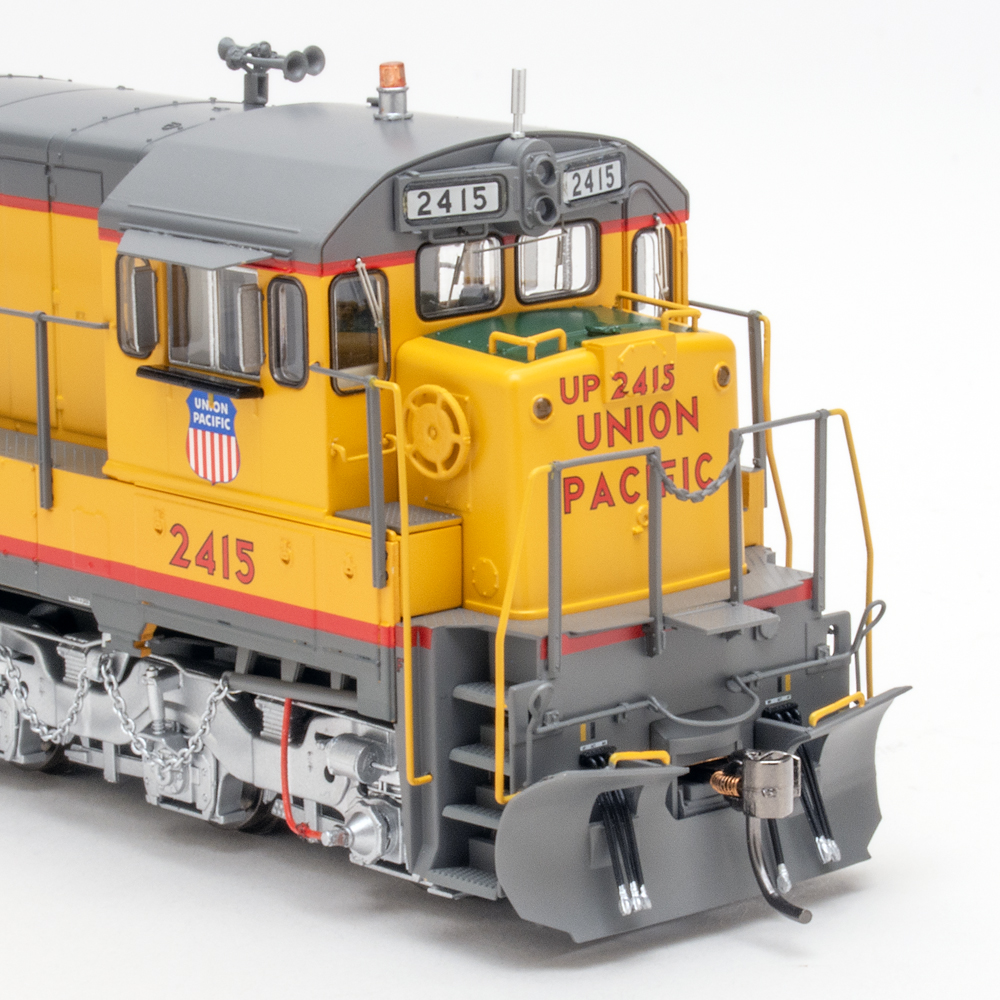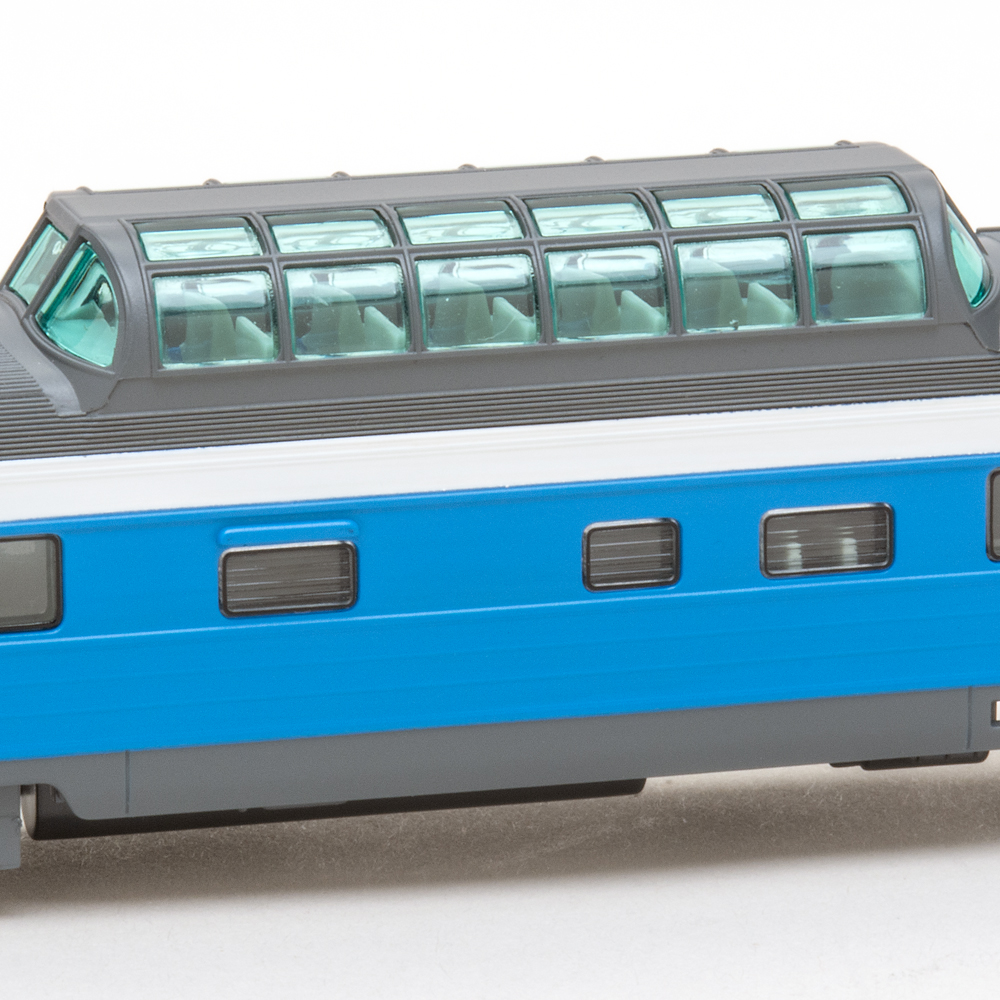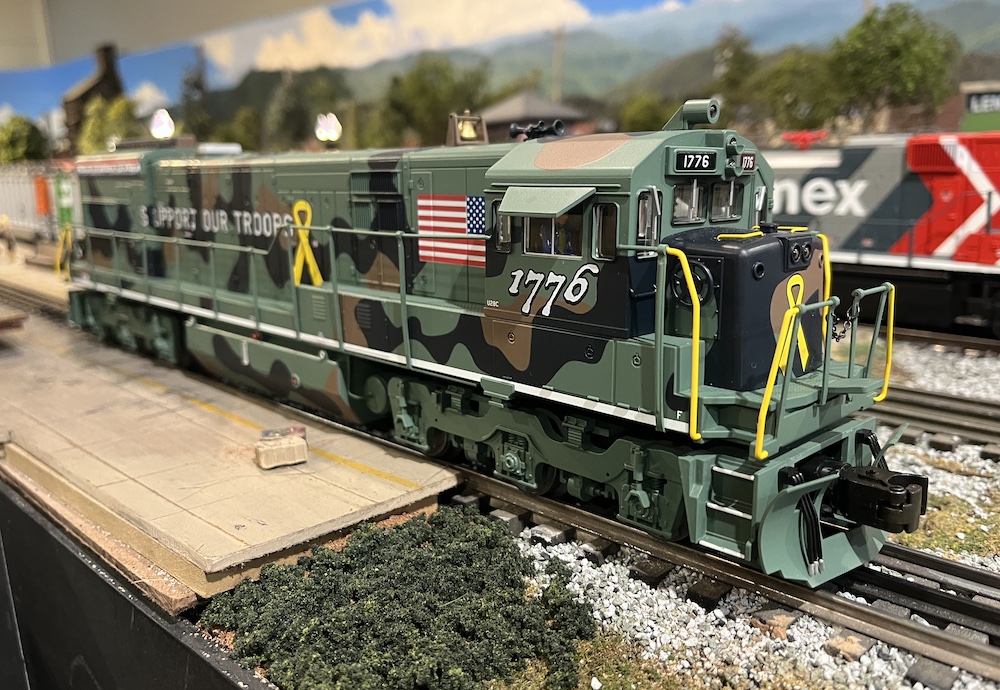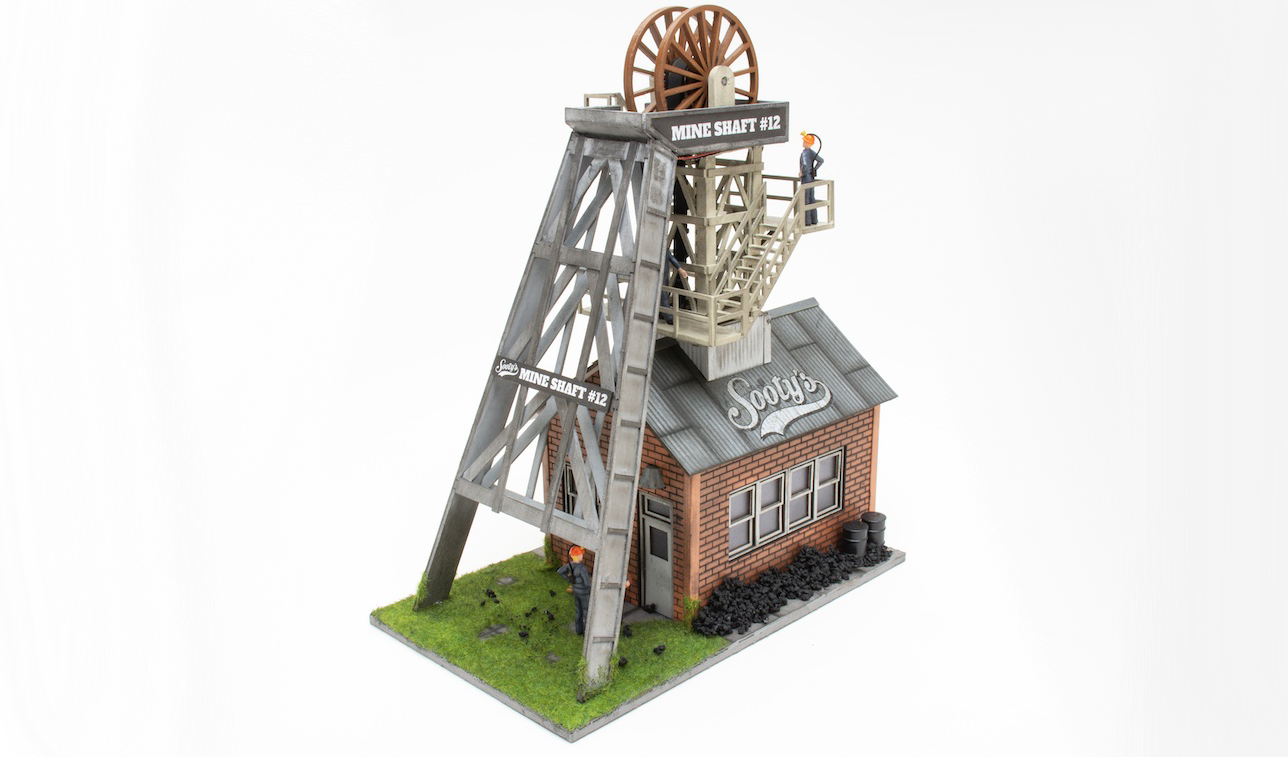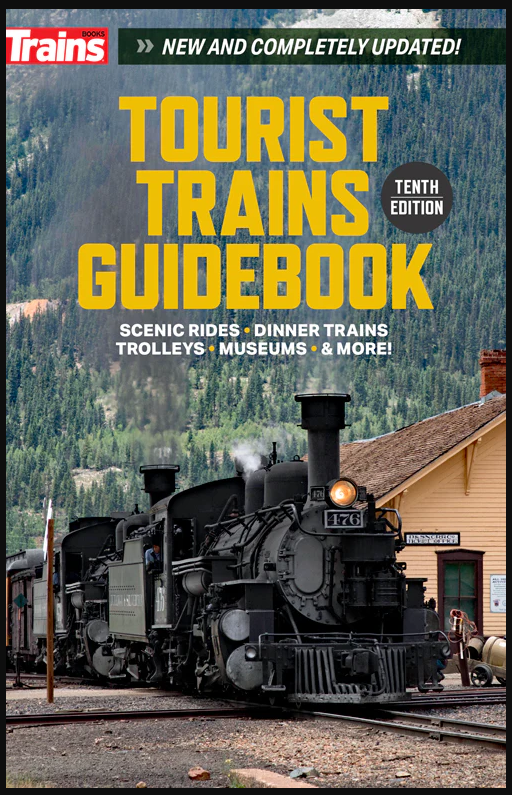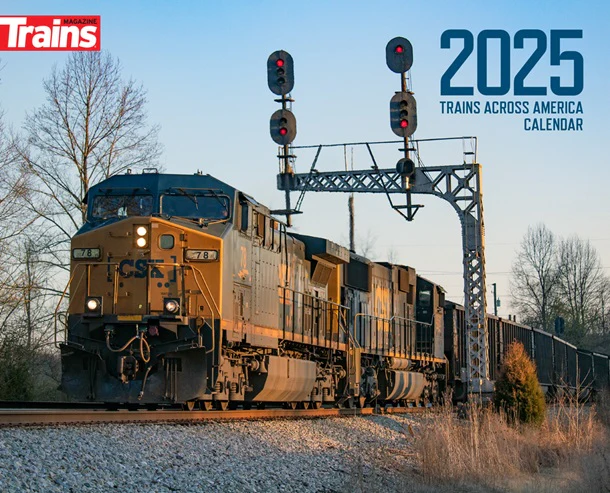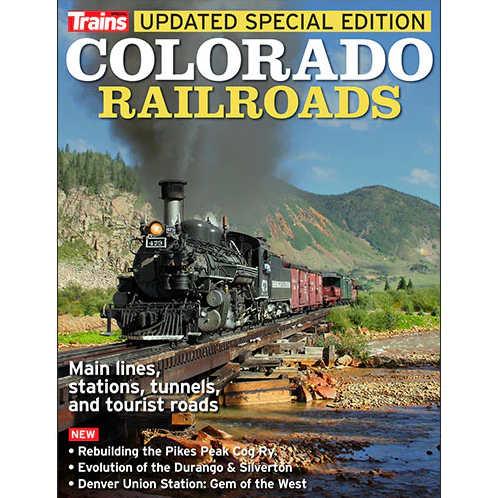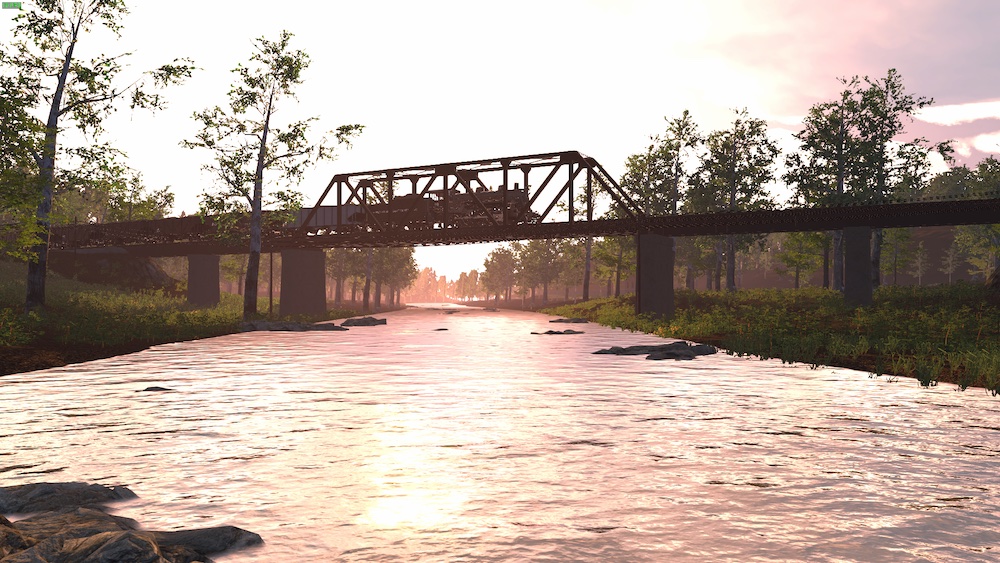
It’s early morning in the rolling hills of North Carolina. The silence is broken by the shotgun sound of a steam locomotive. The engine, a hulking Baldwin decapod, is panting and straining against a heavy train of building supplies and coal empties, bound for the junction with the Alarka Branch a few miles distant. With every turn of its wheels, the big Baldwin goes slower, gradually losing its battle against gravity. Ten miles an hour turns into eight, then six, then four, then two. Eventually, with one last blast of steam, and a mournful call of the whistle, the engine creaks to a halt, stalled out on the hill.
Miles away, in Bryson City, the dispatcher puts his head in his hands. He should have known better than to send a heavy freight train up that hill while a southbound passenger trains was waiting at the Hemingway Station passing siding. But what’s done is done, and with a few clicks of his CTC machine, he lines a set of points; the passengers will have to wait just a little longer.
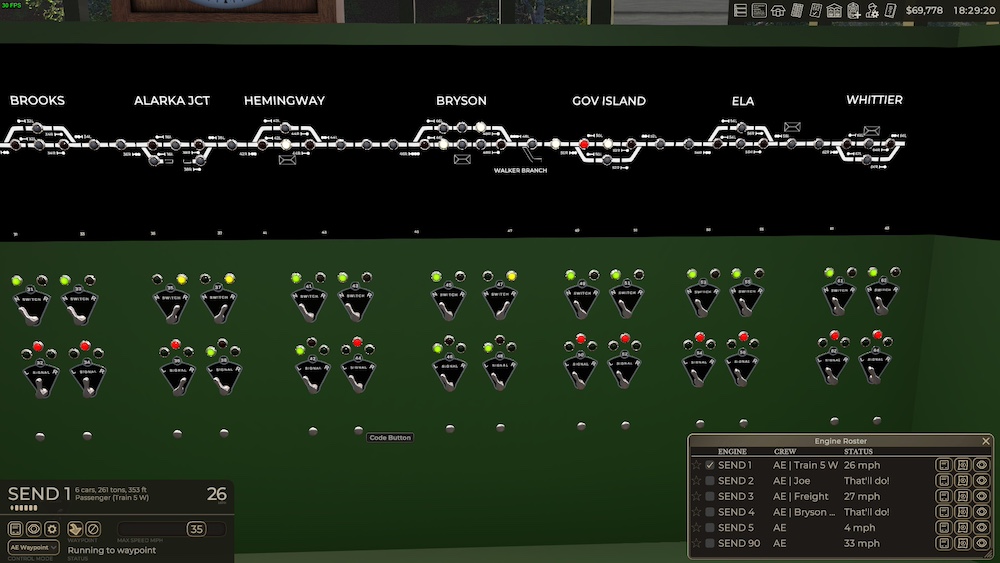
Back on the hill, a shrill whistle sounds in the distance, and the passenger engine, sans coaches, arrives to help the stricken decapod. It’s a rinky-dink Ten Wheeler that would look more at home pulling the Hooterville Cannonball; less “Little Engine That Could,” more “Little Engine That Tried.”
However, it’s all that’s available, and so try it must. Coupling nose to nose with the decapod, the two engines sound whistles and, somehow, the train slowly begins to move. Each wheel turn gets it further and further up the grade, and before long, the semaphore signals for the Hemingway siding come into view. They’ve done it!
The Ten Wheeler is quickly disconnected, and runs into the siding to collect its train. Once the freight train rolls out of sight, the signal raises, and it departs Hemingway station half an hour late. Fortunately, the passengers don’t complain — that hasn’t been added to the game yet.
Oh yes, this isn’t a story from real life. It’s something that happened in the game Railroader.
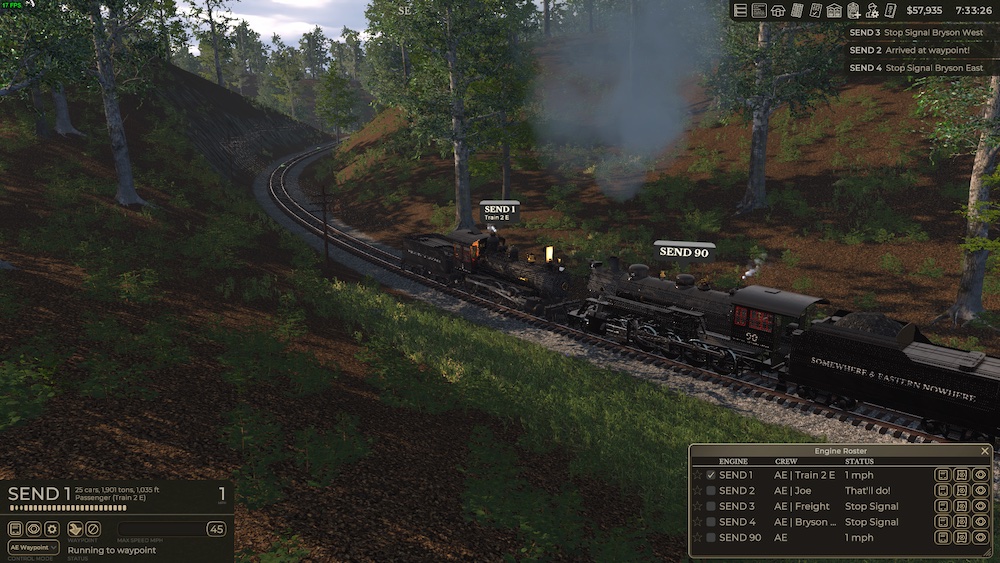
Just like running a real railroad
Railroader (2024, Giraffe Labs) is a railroad simulator set in transition-era North Carolina. Starting off, the player is given control of a railroad that mimics the real-life route of the Great Smoky Mountains Railroad, stretching from Sylva to Andrews, N.C. The route is beautiful in its scenery but punishing in its terrain — no smooth flat straightaways here, instead multiple 4% grades exist on the main line, and steep, winding logging branches are in some cases only accessible via switchbacks. It’s mountain railroading in all its beautiful difficulty.
Within the universe of the game, the player’s railroad is digging itself out from a devastating flood. Only a small portion of the line — from Whittier to the small town of Ela — is available. The player must use their fleet of two locomotives to serve local industries, run a passenger service, and earn (or be loaned) enough money to expand the railroad beyond its humble environs. The full route, some 50 miles, is dotted with industries that request and send cars, towns that need a passenger service, and requires over a dozen engines to serve properly. It’s real railroading, with you in command.
Scalable enjoyment
However, if this sounds intimidating, worry not. Railroader, unlike almost every other game in the rail simulator genre, offers scalability. In many simulators, the choice is one or the other. Driving a single train on an existing route (Train Sim World, Derail Valley, Diesel Railcar Simulator) or building and managing a vast transportation empire. (Transport Fever, Railroad Tycoon, A-Train) Railroader, by comparison, allows for both — a player can easily while away the hours driving realistic models of steam engines up and down the main line, or they can put on their management hat and run the entire system, making use of the game’s auto-engineer and CTC signaling systems to run each train remotely. The only similar title currently available is Rolling Line, which does not offer business simulation in the way that Railroader does.
Experience also is a non-issue for the game; a comprehensive tutorial covers most of the early-game startup, allowing players to acclimatize to the game quickly or slowly depending on knowledge level. Similarly, locomotives can be driven either from a full manual mode, or a simplified control system that accommodates newcomers well.
Likewise, unlocking new portions of the game’s map can be done at the player’s own pace. Expand west to Andrews, or east to Sylva. There is no urging or pressure to go beyond your means, and there is ample opportunity for enjoyment at any point. Furthermore, if the concept of waiting for an expansion doesn’t suit you, the game has a sandbox mode, where all 50 miles of track are available at once. There truly is no wrong way to play it.
Operating Sessions
One point that puts Railroader head and shoulders above most of the genre is its inclusion of a multiplayer mode. If your railroad is too big to manage alone, it’s trivial to call up a few friends and have an operating session, complete with multiple crews, switch lists, and even a full-time dispatcher. It’s all the fun of an operating session on a large model railroad setup, but with none of the expense. (A note to potential players: Railroader does not offer an in-game voice chat, and an external service like Discord should be used.)
Mods
In-game mods (modifications to the existing game) are a crucial aspect of many games, especially in the simulation genre. Titles such as the Transport Fever and Cities: Skylines series built their brand on thorough support for mods, and Railroader is no different. Despite the game still being in early access, hundreds of mods for the game exist on Nexusmods, a popular mod-hosting website, offering everything from custom locomotives and rail cars, to redesigned yards, and new industries.
The Good
Railroader does a lot of things right:
Operations – You immediately begin to get an understanding of how a real railroad operates. Running the line is a fine balance of money, locomotive assignments, scheduling, fuel consumption, and so much more. Do you send out the fast freight ahead of the passenger train, or do you let the people wait for a few minutes? How about doubleheading something up a steep hill? Buying a new engine is a carefully considered plan and may require upgrading your fueling infrastructure. You start caring about things like fuel consumption and tractive effort. It’s wonderful in a very baffling way.

Accurate Modeling – the locomotives modeled into this game are phenomenally well detailed considering the game’s small dev team. Valve gear works as it would on a real engine, as do reversers; older locomotive types even have functioning Johnson bars, and all the requisite cab controls move as well. Handbrake wheels spin as they are applied, and trains rock back and forth as they go around turns.
True Simulation – the trains have a weight to them that often is lost in games. Engines strain under load, slack can jerk in and out. Move a cut of cars without connecting the air brakes, and the train slithers to a halt well past where you wanted it to. Have the cutoff in the wrong place, and a steam engine will bog under the load. It’s realism in an approachable format.
Continued expansion – The game has grown by leaps and bounds since its release into early access in December 2023. At start, many of the now-essential controls were not present and were added in after careful playtesting and community feedback. An AI engineer feature that routes to player-selected waypoints was added in the December 2024 update to the game, and the developer’s roadmap is a laundry list of items still to be added to the game before release. Among them is the inclusion of mail and express services, and Maintenance of Way operations.
The Bad
It should be noted Railroader is still in early access, and as such is still regularly receiving feature updates. This means that some, or all the issues with the game mentioned here may have been fixed between writing and publication. Additionally, it should be noted that none of the issues with this game are in any way game-breaking, and many only become apparent after long periods of gameplay. These are simply imperfections in an otherwise well-made product.
Tedium – By doing its level best at replicating the nuts and bolts of railroading, some of the industry’s more monotonous tasks are included. Bearings must be oiled on both cars and locomotives, air hoses need connecting, and every angle cock must be set appropriately. This is one thing when a train barely stretches ten cars long, but late-game trains can expand to well past sixty; suddenly the long waits for real life trains to leave a railyard make perfect sense.
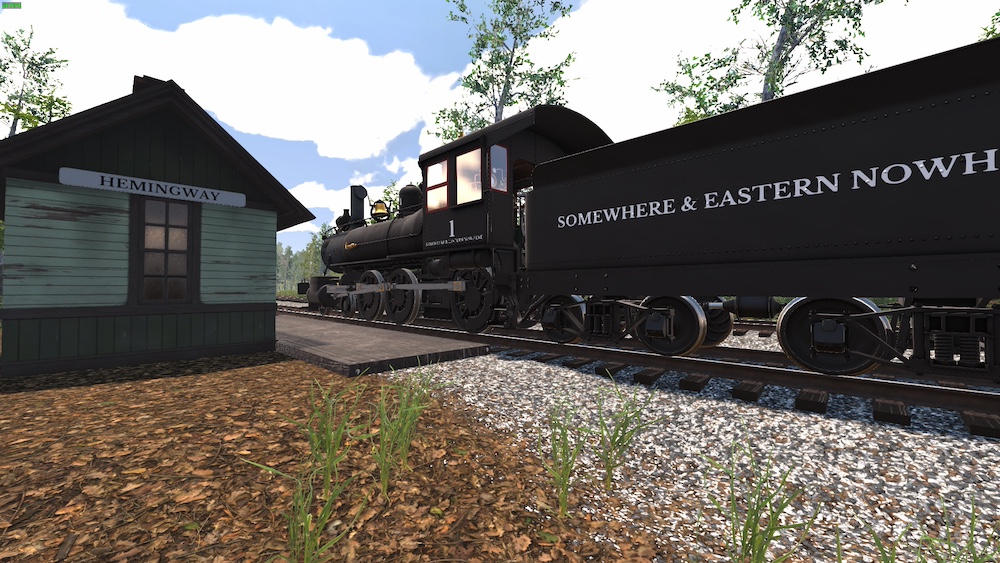
An Empty Open World – While the locomotives and rail cars are detailed to some precision, less attention has been paid to the surrounding terrain. Towns are often no more than a train station in the woods, and many industrial spurs have no buildings next to the tracks. Passenger trains remain empty, as passengers themselves have not been modeled into the game. This was an intentional move by the developer, who thought that railway realism would trump all in the eyes of the audience and chose to focus his team’s limited capacity on the trains. To their credit, this is being corrected, albeit slowly, starting with the December 2024 update.
Developer Priorities – a peril of an exceptionally small dev team is that occasionally they will have different priorities than the audience. A great example of this is the game’s focus on first-person perspective; while offering a third person viewpoint, many of the interactive elements of the game were clearly designed for first person: closing an angle cock requires zooming in to almost eye level, as do air hoses; turntables can only be controlled from inside the operator’s cabin; derailed rolling stock can only be re-railed from the first person view. These are deeply inconvenient in the long run but are being slowly patched — angle cocks received a much-needed update in December 2024.
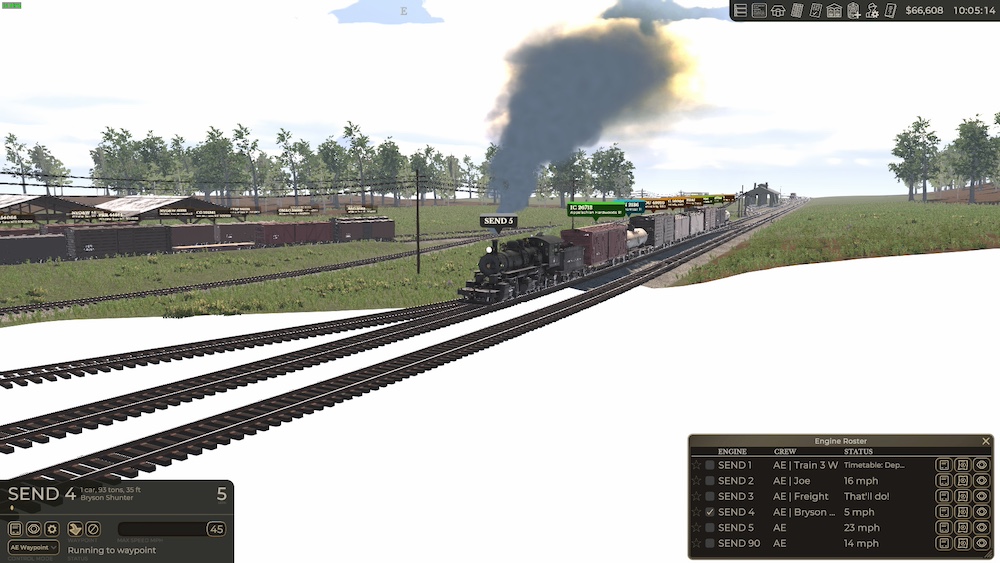
Optimization – Railroader is not well optimized from a graphics perspective: locomotive smoke and leaves on trees cause significant frame rate drops even on powerful computers, and less powerful machines have issues rendering textures when moving quickly throughout the map.
Time – The game operates in real time — a 30-minute round trip from Whittier to Alarka will be 30 real life minutes, no matter what. While it offers time skip options, allowing the player to move the game forward in time by minutes or hours, this feature intentionally does not speed up the player’s trains. This means that you will occasionally find yourself waiting for one last train to reach the end of the line before shutting off the game for the night. Some form of fast-forward mode would be greatly appreciated.
Final Conclusions
Railroader is an excellent inclusion to the train simulator genre, and it cannot be recommended enough.
Rating: 9.5/10
Railroader is in early access, and can be bought on Steam for $29.99 https://store.steampowered.com/app/1683150/Railroader/





